September 25, 2025 - February 08, 2026
Cézanne, Monet, Renoir: Französischer Impressionismus aus dem Museum Langmatt
Unteres Belvedere, Vienna, Austria
Your shopping cart is empty!
Discover our bestsellers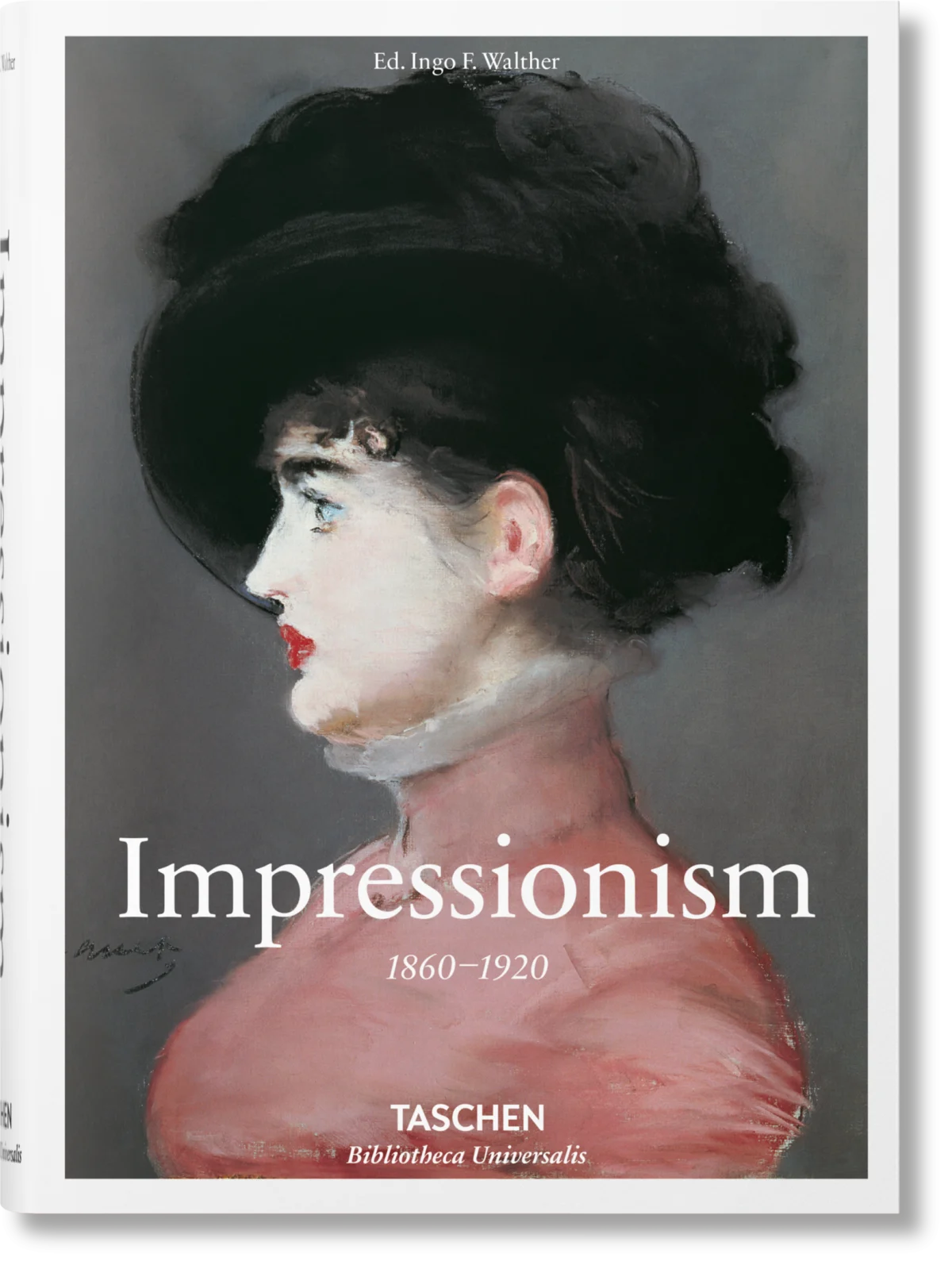
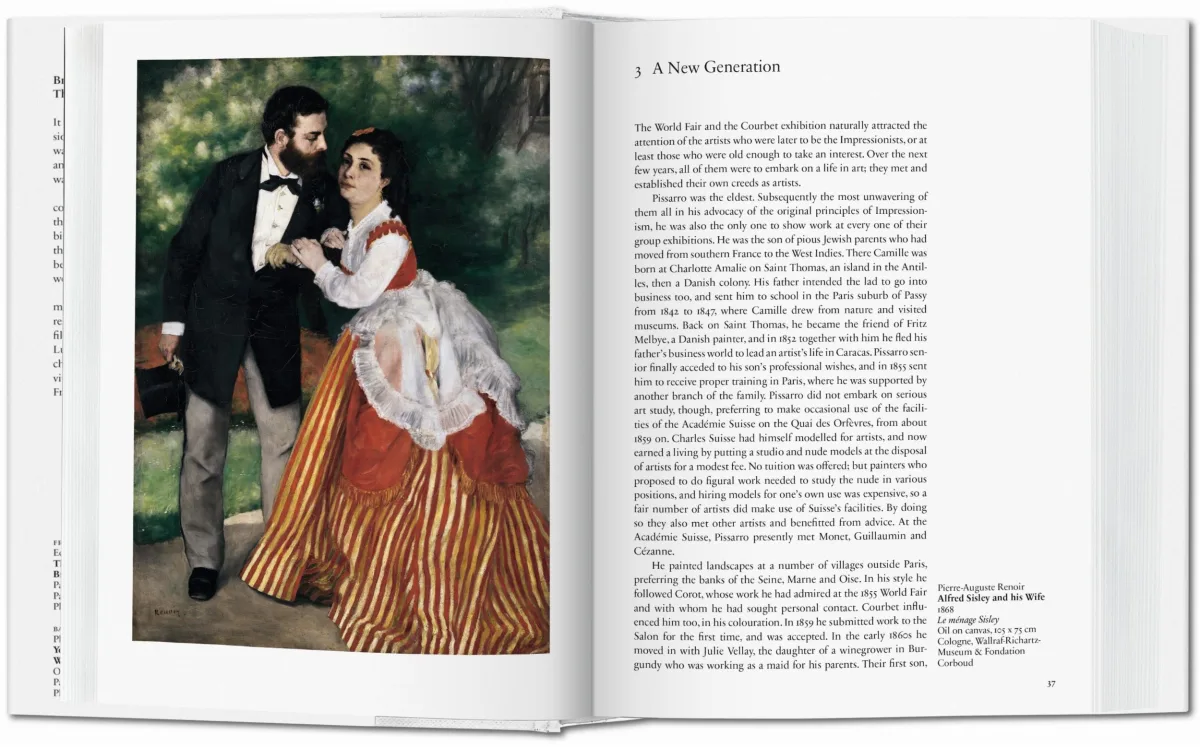
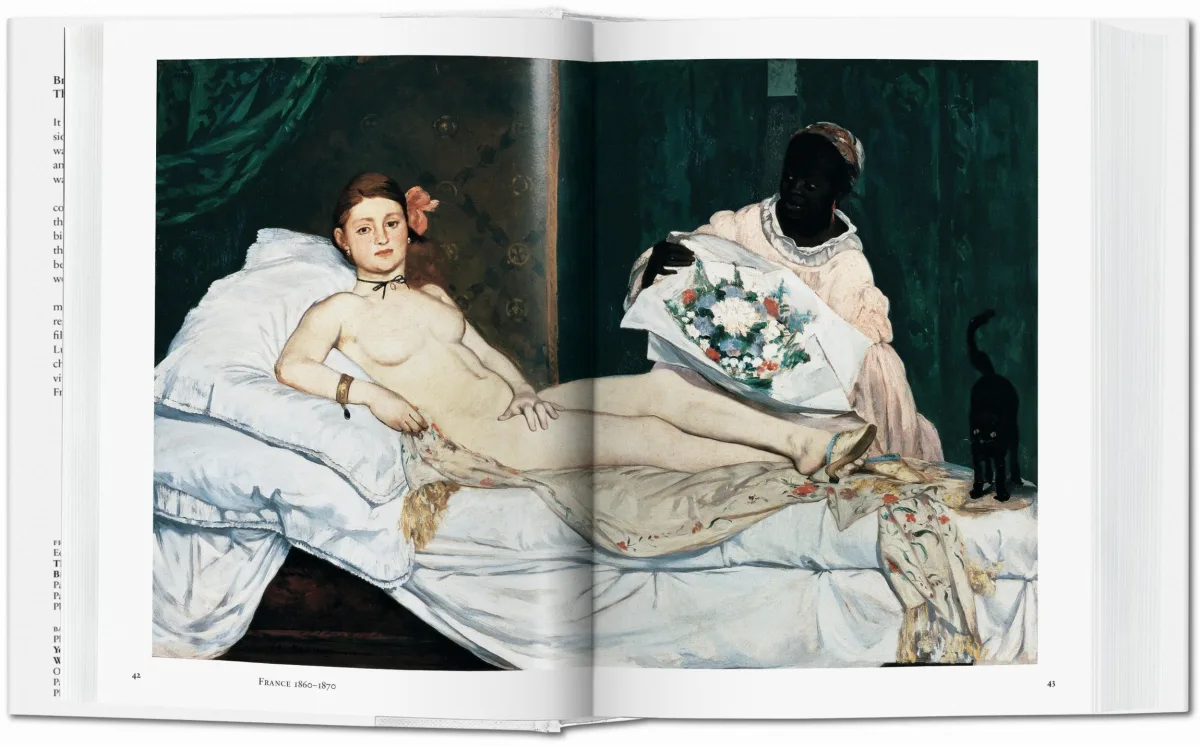
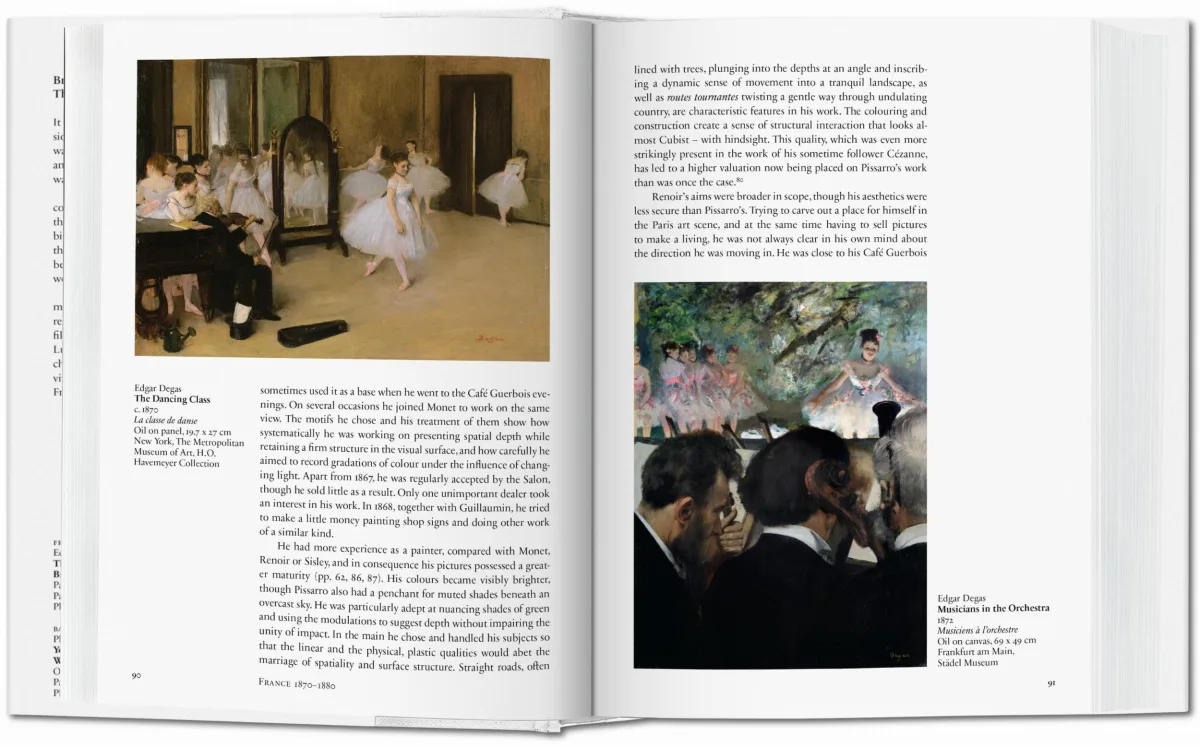
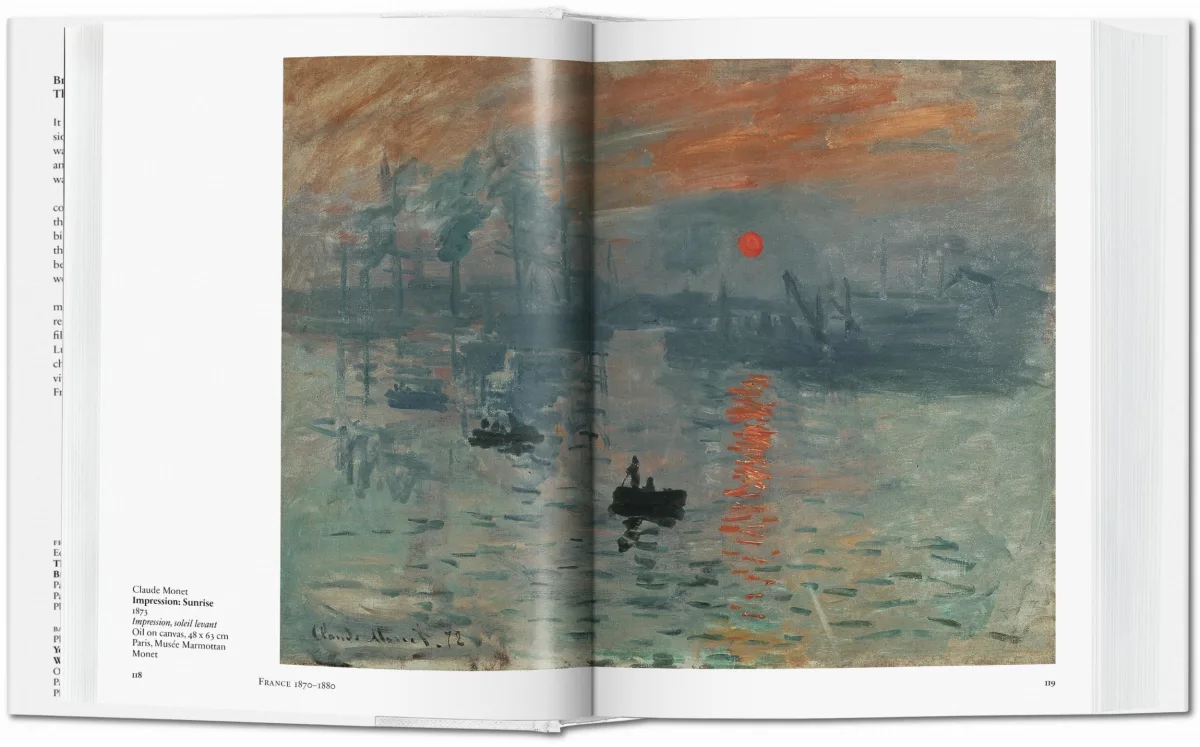
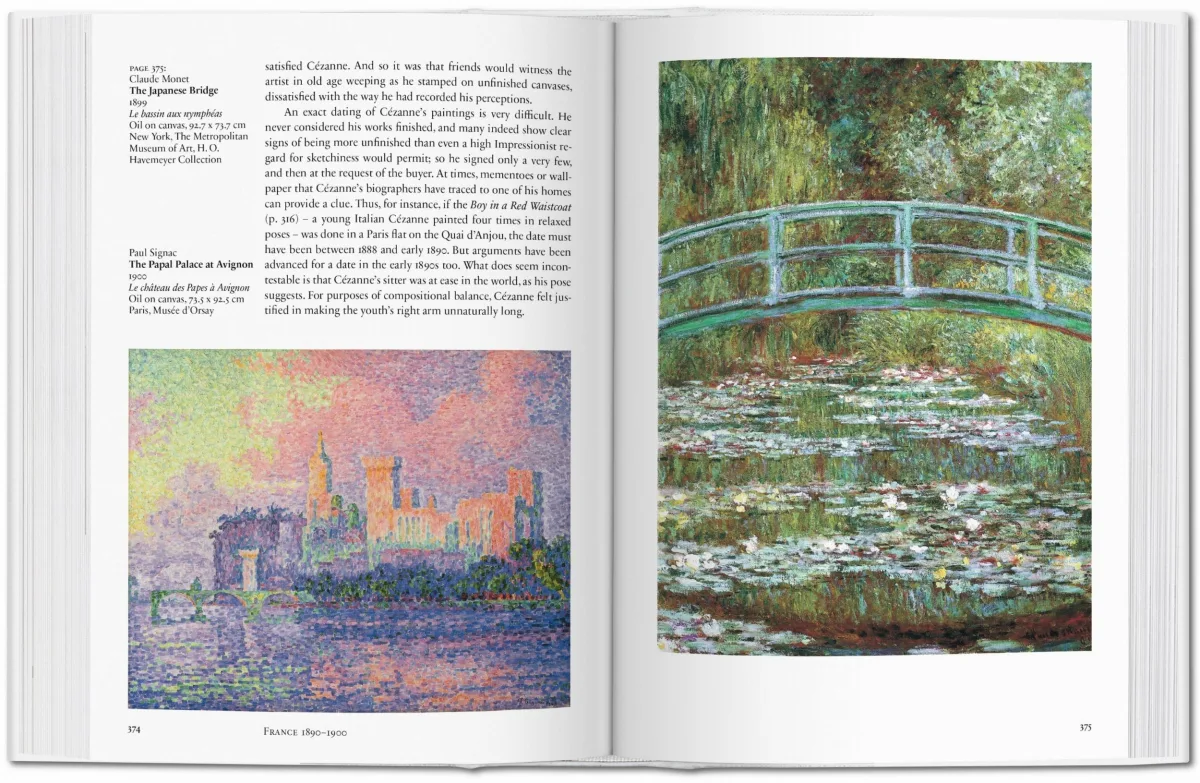
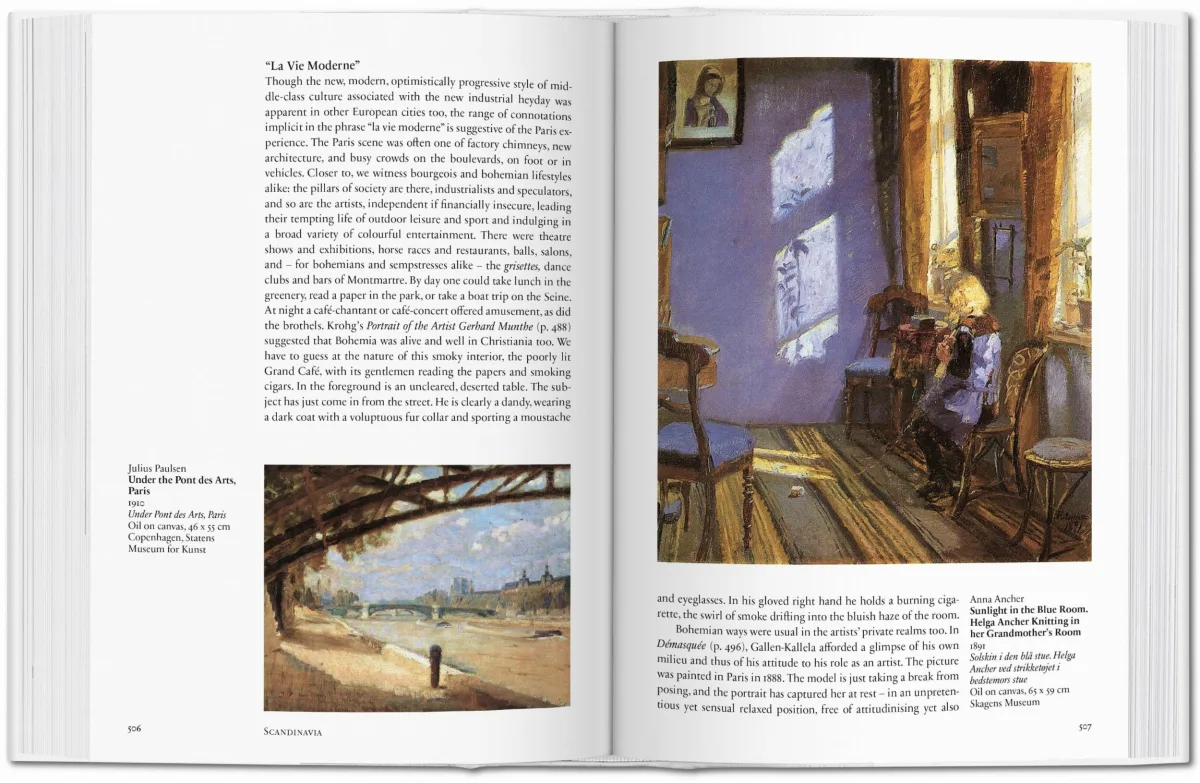

Impressionism
25Ingo F. Walther (1940–2007) was born in Berlin and studied medieval studies, literature, and art history in Frankfurt am Main and Munich. He published numerous books on the art of the Middle Ages and of the 19th and 20th centuries. Walther’s many titles for TASCHEN include Vincent van Gogh, Pablo Picasso, Art of the 20th Century, and Codices illustres.
ISBN 978-3-8365-5711-5
Edition: EnglishSeptember 25, 2025 - February 08, 2026
Unteres Belvedere, Vienna, Austria
October 17, 2025 - February 08, 2026
The Morgan Library & Museum, New York, United States
March 17 - July 19, 2026
Musée d'Orsay, Paris, France
March 17 - July 05, 2026
Musée d'Orsay, Paris, France
October 03, 2026 - January 31, 2027
National Gallery, London, United Kingdom
October 11, 2026 - February 10, 2027
Museum Georg Schäfer, Schweinfurt, Germany
5
/5